From Tweets to Communication Networks
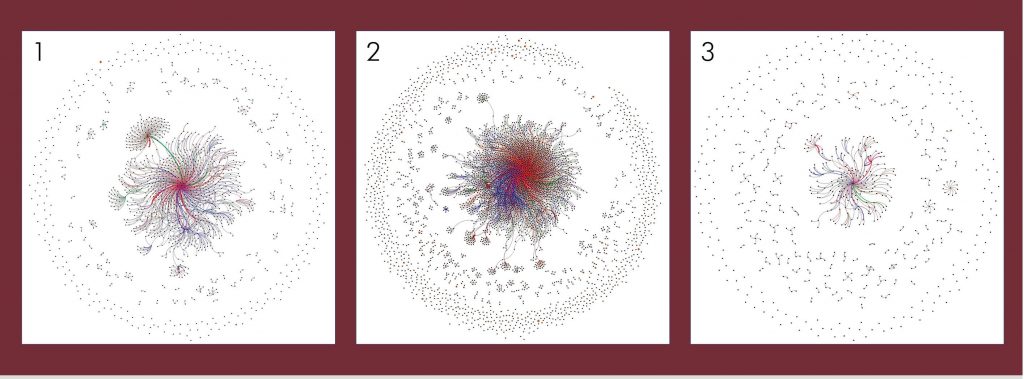
Network visualizations have the power to display how we communicate with each other in social media. We can simply depict message exchanges using communication networks. In such a network, nodes represent users, and there exists an edge between two nodes when the corresponding users exchange information (an email or a tweet).
What have Donald Trump, an epidemiologist and a rock in common?
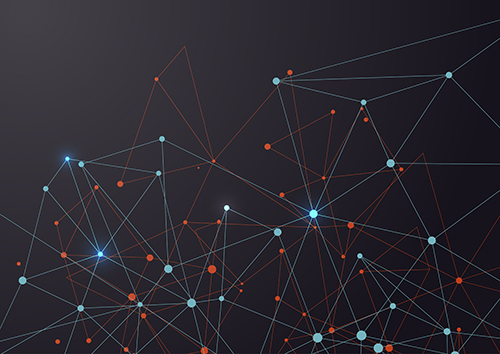
In this article, dear reader, I am going to show you in which way the development of your opinion during the last political issue, the spread of a virus among your acquaintances during the current pandemic, and the alignment of some particles lying inside the device from which you are reading this article are extremely comparable phenomena.
The Network Science of Echo Chambers and Why It Matters
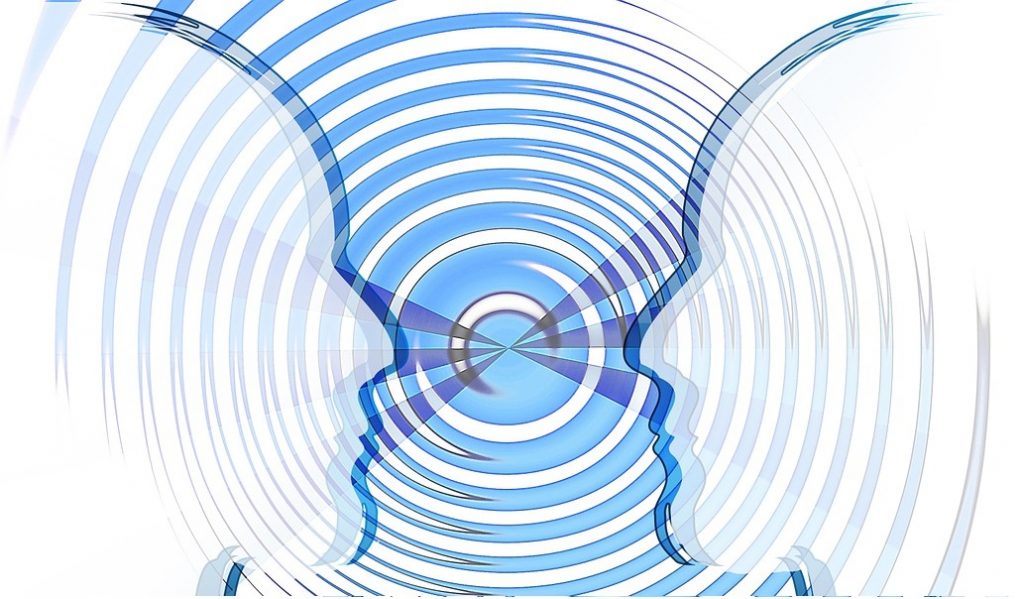
An echo chamber is a community wherein the same opinions are bounced around, endlessly ‘echoing’ with barely any change. And as they do, any other opinion is shunned, pushed aside, and eventually just rejected without consideration.
Sociomaths: The maths of living apart together
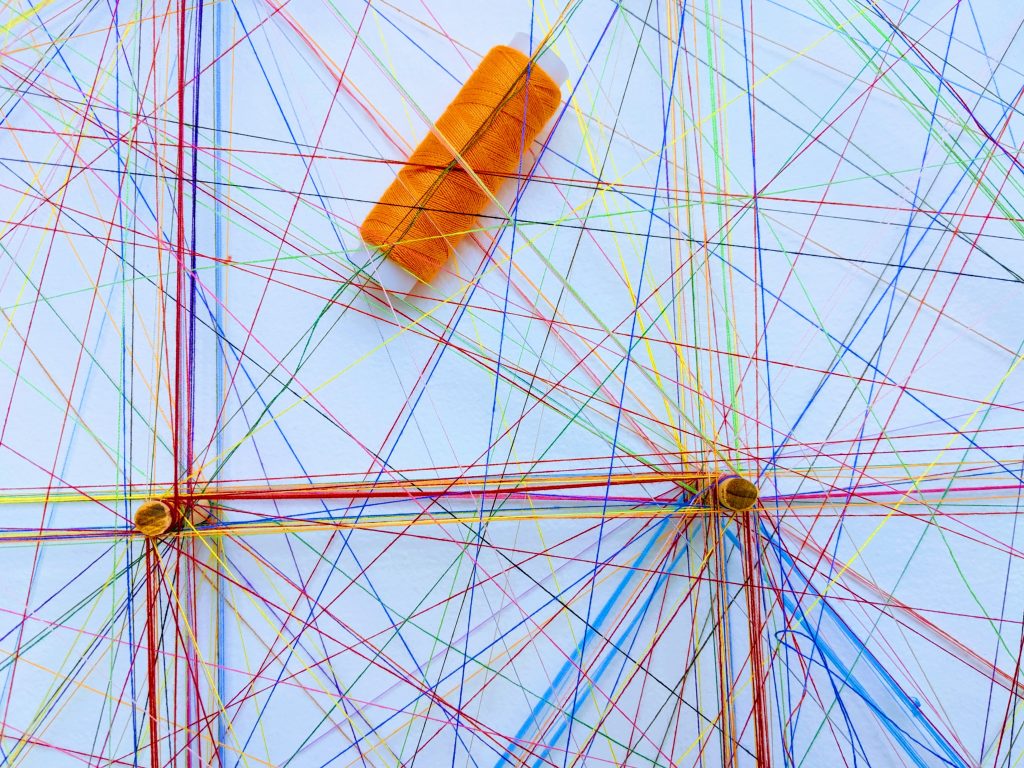
Phenomena like social cohesion and polarisation emerge from individual interactions on the social network of relationships between people. So, what does this network look like?
José van Dijck: "I draw inspiration from the relationship between technology, user and ideas"
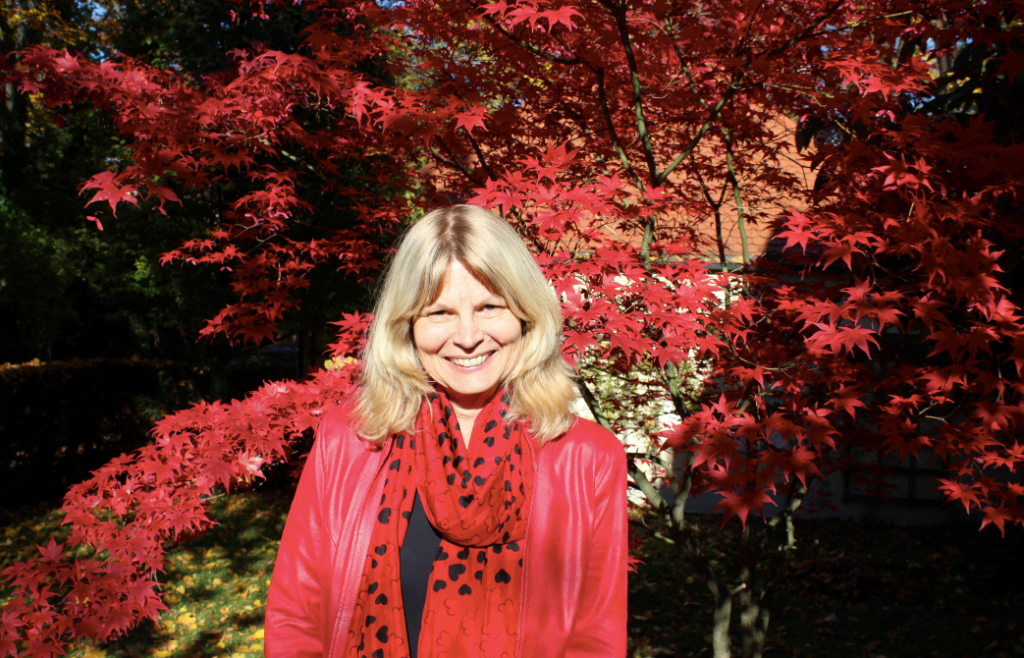
José van Dijck is a University Professor of Media and Digital Society at Utrecht University. Her research concerns media, social media and media technologies.
The Mysterious R explained in simple terms
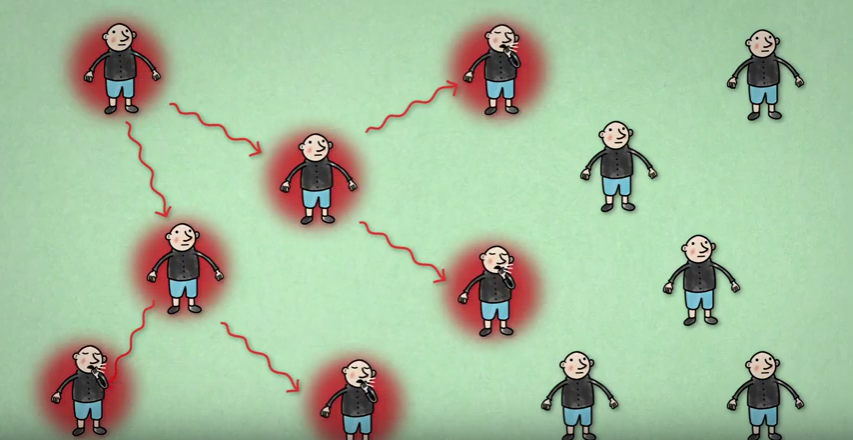
During the Corona pandemic the reproduction number  appeared in much of the media. While it is not at all obvious what this quantity measures exactly, it is obvious that making it smaller than 1 really is crucial in controlling the spread of the virus. So what is this
appeared in much of the media. While it is not at all obvious what this quantity measures exactly, it is obvious that making it smaller than 1 really is crucial in controlling the spread of the virus. So what is this  really?
really?
Scale-free networks, a controversial topic solved by extreme mathematics
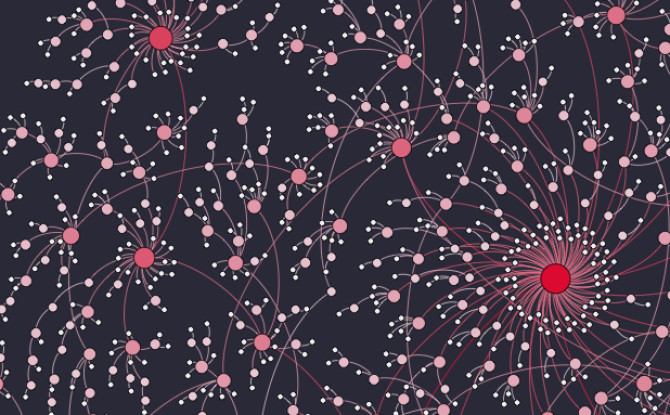
In 2016 a company calculated that the average number of followers in Twitter was about 707. Although this might already sound like a lot, it pales in comparison with the top Twitter users. There are currently more than 100 users that have more than ten million followers. Some, like Barack Obama or Katy Perry, even have more than one hundred million followers, which is roughly 140.000 times larger than the average.
How the popular become even more popular

Many networks, from technological to social networks, and from the world-wide web to collaboration networks, have a hub-like structure. Why is this the case, and why are they not much more homogeneous?
Mathematical rulers in Game of Thrones
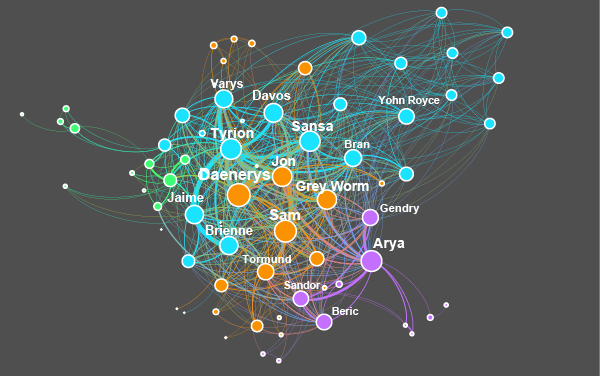
The moment millions of fans have waited for is there: the finale of Game of Thrones. 75 characters in different parts of the world, fighting to be the ruler of the iron throne. But who is the mathematical ruler of the iron throne?
Financial Economics: Informal Collaboration, Networks, and Gender
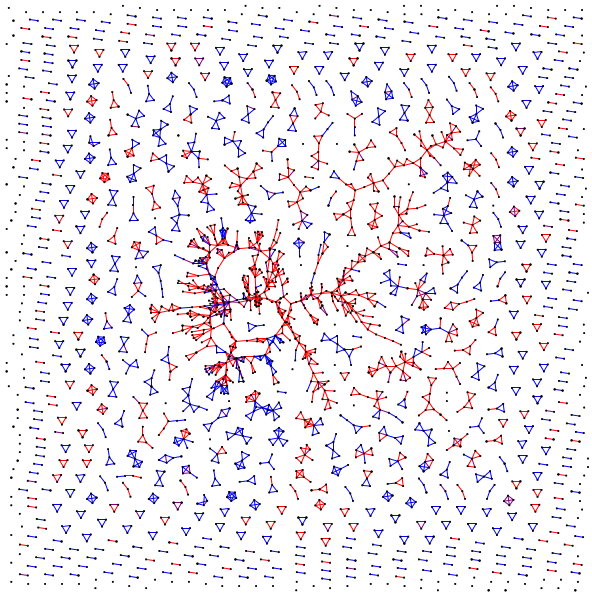
How is scientific knowledge created? Are there patterns and special characteristics behind the flow of scientific knowledge? In this article I will guide you through my research work and try to give some answers to these questions!
